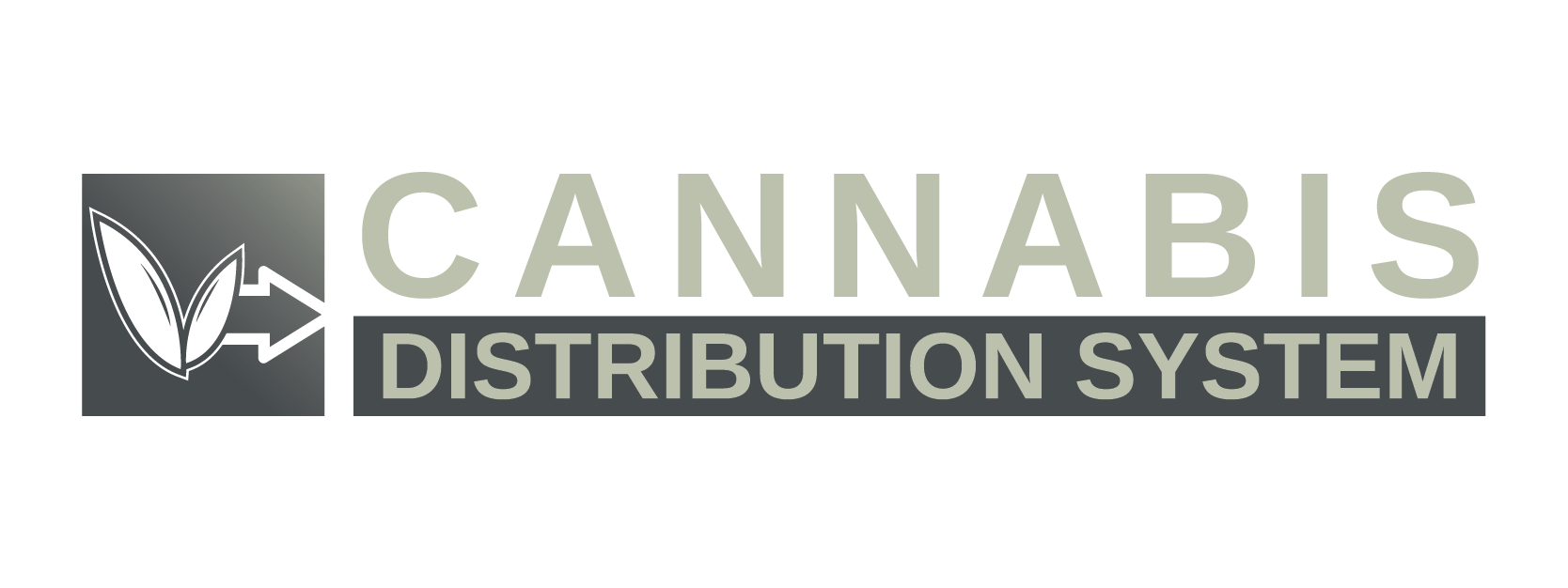If the United States federally legalizes cannabis, the entire cannabis distribution system will enter a new era of innovation, scalability, and interstate commerce. While today’s distribution networks are fragmented and restricted by state lines, a federal shift would unlock a nationally integrated market, transforming everything from compliance to logistics. Here’s what the future of cannabis distribution systems may look like if national legalization becomes a reality.
1. National Oversight and Regulatory Uniformity
Federal legalization would likely bring agencies such as the FDA, USDA, and Department of Transportation into the cannabis regulatory fold. These agencies would establish unified guidelines for cultivation, testing, packaging, transportation, and safety standards, replacing today’s inconsistent state-by-state frameworks.
This would simplify compliance for multi-state operators (MSOs), reduce redundancies in testing and packaging, and improve overall quality control. A national track-and-trace system—possibly built on existing infrastructure like METRC—would allow regulators to monitor cannabis from seed to sale across state borders.
2. Interstate Commerce and Distribution Hubs
Currently, cannabis cannot legally cross state lines—even between two legal markets. Federal legalization would remove this restriction, enabling cultivators in agricultural states like Oregon, California, and Colorado to supply product to more densely populated regions like the Northeast and Midwest.
Expect to see the development of regional distribution hubs similar to those used in the alcohol, food, and pharmaceutical industries. Cannabis logistics companies could consolidate, package, and ship inventory from these hubs, streamlining delivery to dispensaries, e-commerce fulfillment centers, and even major retailers.
3. Automation, AI, and Smart Delivery Systems
With federal legalization reducing legal risk, cannabis companies would begin investing heavily in advanced logistics and automation. Warehouses could use robotic systems and warehouse management software (WMS) to boost accuracy and speed. AI would help forecast demand trends and optimize delivery routes in real time.
Smart delivery would also evolve. Think drones dropping off cannabis orders in rural areas or autonomous vehicles making contactless urban deliveries. Even blockchain technology could help authenticate shipments and verify chain-of-custody, especially for high-value items or rare strains.
4. Access to Banking and Scalable Infrastructure
One of the biggest transformations would be access to traditional financial systems. Legalization would give cannabis distributors access to FDIC-insured banks, credit card processing, lending, and insurance services. With that financial freedom, companies could finally scale without relying on cash-heavy, high-risk operations.
This would also open the door to large institutional investments, private equity-backed logistics platforms, and public-market growth. Cannabis distribution companies could expand rapidly across state lines using fintech integrations and ERP systems to manage operations from seed to shelf.
5. Brand Competition and National Fulfillment
As cannabis becomes more mainstream, national branding and consumer loyalty will drive competition. Distribution companies will need to provide rapid fulfillment and reliable shipping to keep up with customer demand.
Much like how CPG brands compete for shelf space in grocery stores, cannabis brands will compete for space in dispensaries, wellness chains, and online platforms. Those who own the most efficient distribution channels—particularly vertically integrated operators—will have a distinct advantage.
Conclusion
Federal legalization wouldn’t just legalize cannabis nationally—it would supercharge the infrastructure behind it. Distribution would evolve into a sophisticated, tech-driven system comparable to other major consumer industries. National standards, cross-border logistics, AI-powered delivery, and financial scalability would redefine how cannabis moves from farm to consumer.
The future of cannabis distribution will be one of national reach, operational efficiency, and intelligent logistics—one in which distributors are not only transporters but the central arteries of a booming consumer health and wellness sector.



